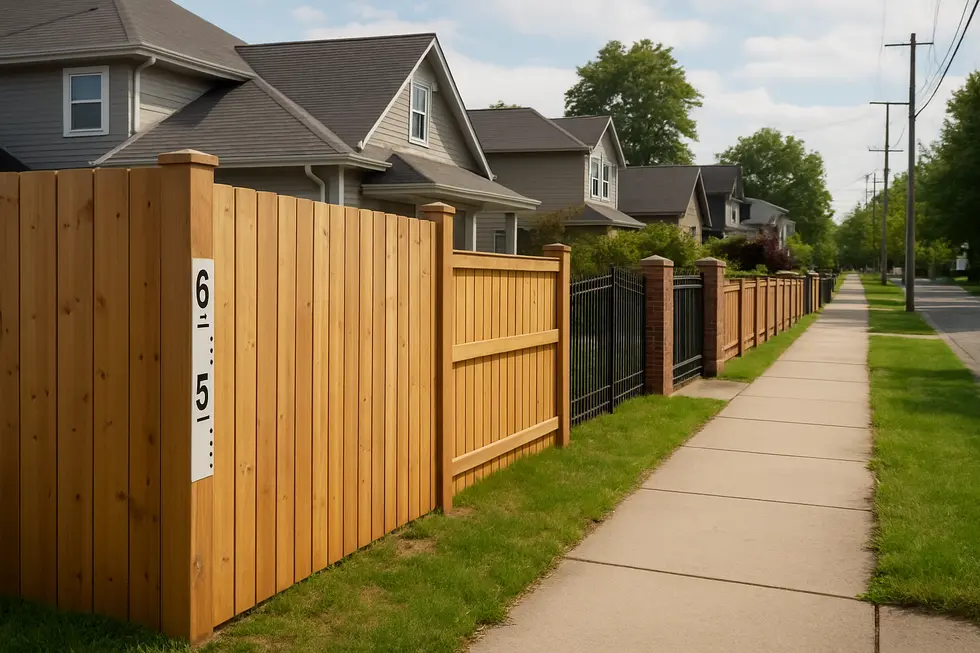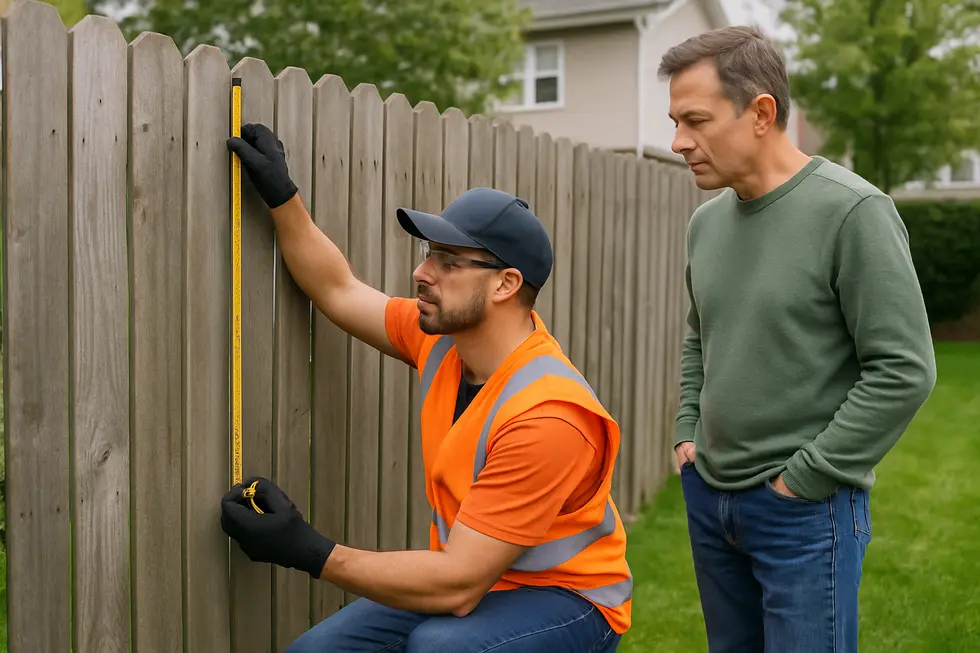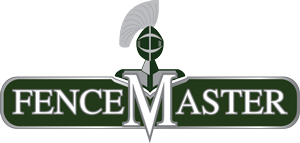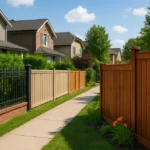Recent updates to fence height regulations in urban zones are reshaping how homeowners approach property boundaries and privacy. Staying compliant is crucial to avoid penalties and maintain neighborhood harmony. These new rules can impact your existing fencing plans or repair activities, especially when it comes to fence repair projects that might involve height adjustments. With clearer guidelines, homeowners can better plan their fencing upgrades or repairs to meet regulations while enhancing privacy and curb appeal. Read on to learn about the key changes and practical tips for navigating these new standards.
Understanding the New Fence Height Regulations in Urban Areas

Recent changes in fence height regulations in urban neighborhoods aim to address aesthetic concerns, safety issues, and community cohesion. These updates stem from local government initiatives to reduce visual clutter, prevent accidents, and foster neighborly harmony. For homeowners, particularly those planning fence repairs or installations, understanding these new rules is essential to avoid legal complications and maintain good community relations.
The regulations primarily affect residential properties within city limits, where previous guidelines often lacked specificity or were inconsistently enforced. The latest updates establish clear height limits and streamline the permitting process, making it easier for residents to comply. In most urban areas, the maximum allowed height for boundary fences is now generally set at 6 feet (about 1.8 meters), especially along street frontages. However, certain zones or neighborhoods might have stricter or more lenient rules, so it’s crucial to verify local ordinances.
These changes were enacted for multiple reasons. Safety concerns prompted authorities to limit fence heights that could block drivers’ view at intersections or obscure traffic signals. Aesthetic considerations encouraged uniformity, reducing visual chaos caused by tall, unregulated fences. Additionally, the regulations aim to prevent privacy screens that could encroach upon neighboring properties or pose security risks.
Homeowners should be particularly attentive when planning boundary fences, privacy screens, or decorative barriers. For instance, a homeowner wishing to erect a privacy screen for their backyard must ensure the new fence does not exceed the 6-foot limit. Similarly, decorative fences for aesthetic enhancement should adhere to the maximum height, especially if placed near sidewalks or public right-of-ways. Failure to comply can lead to fines, the requirement to modify or remove non-conforming fences, and potential legal disputes.
Take boundary fencing, for example. Historically, many homeowners built fences higher than allowable limits to maximize privacy. Under current regulations, exceeding the prescribed height can result in citations and the need to lower the fence. Alternatively, a homeowner might consider using decorative elements or plantings to enhance privacy without breaching height restrictions. When modifying existing fences, measuring accurately using a level or measuring tape ensures the fence complies with the new rules.
Property owners interested in installing new fences should consult local authorities or community association guidelines. Many jurisdictions provide online resources or permit applications that detail specific height limits, design restrictions, and permit requirements. Working with licensed fence contractors familiar with local regulations can significantly streamline the process. These professionals can advise on materials and designs that meet height restrictions while enhancing the property’s value and appearance. For example, using ornamental iron or chain-link fences within height limits can offer both security and aesthetic appeal.
In summary, staying informed about the latest fence height rules is vital for responsible property management and neighborhood harmony. By understanding the reasons behind these regulations, verifying local laws, and carefully planning their fence projects, homeowners can ensure compliance, avoid costly penalties, and contribute positively to their community environment.
Practical Tips for Homeowners to Comply with Fence Regulations & Plan Fence Repair

When undertaking fence repair projects in light of the new height regulations, accuracy and proper planning are essential. Begin by carefully measuring your current fence’s height at multiple points along its length. Use a reliable measuring tool, such as a laser level or a tape measure, to determine if your fence complies with the updated height limits. Remember, some regulations specify maximum heights for different fence types and zones; verifying these details with local authorities or municipal codes is crucial before proceeding.
Obtaining the necessary permits is a fundamental step. Many urban areas now require homeowners to acquire a building permit before starting fence repairs or replacements that involve height changes. Check with your local city or county offices to understand the application process, fees, and documentation needed. Failing to secure permits can lead to penalties, costly rework, or even legal action. For complex projects or unfamiliar regulations, collaborating with licensed fence contractors who understand local compliance rules can streamline the permit process and ensure your fence meets all legal standards.
Another key aspect is engaging professional fence repair services experienced in local regulations. Reputable contractors will be familiar with updated rules and can guide you on compliant design options. They can also assist in obtaining permits and ensuring that construction adheres to height constraints, avoiding costly errors down the line.
When selecting materials and fence styles, prioritize options that naturally conform to height restrictions while enhancing your property’s aesthetic and value. For example, using privacy-grade vinyl or aluminum fences allows for customizing height within permitted limits, providing both security and visual appeal. Decorative elements such as lattice tops or inset panels can add character without exceeding height limits. For guidance on choosing suitable materials, consult resources like this comprehensive fencing tips guide.
Finally, continually stay informed by consulting local authorities or building departments about any updates to fence regulations. Regulations can evolve, and staying compliant avoids legal complications and neighborhood disputes. Working closely with experienced contractors familiar with local codes ensures your fence project remains on track. By thoroughly planning, verifying measurements, securing permits, and selecting appropriate materials, homeowners can successfully navigate the new regulations—protecting their property investment and contributing to a harmonious neighborhood environment.
Final words
Navigating the new fence height regulations in urban areas is essential for homeowners to avoid legal issues and ensure smooth fence repair projects. By understanding the updated standards and working with experienced professionals, you can enhance your property’s privacy, security, and aesthetic appeal while maintaining compliance with local laws. Staying informed and proactive will make your fencing endeavors both successful and stress-free.
Crafting commercial & residential fence and gates with precision since 1979.
Learn more: https://www.fencemasterhouston.com/get-estimate.html
About us
Established in the 1970s, Fencemaster is a Houston fence company, we have been a family owned and operated business eager to improve and grow. With our competitive prices, professional craftsmanship, and unmatched commitment to our customers, we always find a way to satisfy your fencing needs. We guarantee our prices, offering only the best materials and workmanship.


